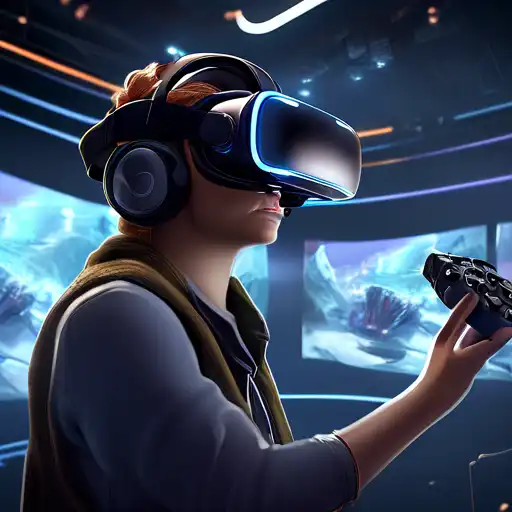Understanding the Complexities of VR Content Development
Virtual Reality (VR) has emerged as a groundbreaking technology, offering immersive experiences that were once the stuff of science fiction. However, developing content for VR is fraught with challenges that can stymie even the most experienced developers. From technical hurdles to creative constraints, the path to creating compelling VR content is anything but straightforward.
Technical Limitations and Hardware Diversity
One of the primary challenges in VR content development is the vast diversity of hardware. Developers must ensure their content is compatible across a range of devices, each with its own specifications and capabilities. This requires extensive testing and optimization, which can significantly increase development time and costs.
Creating Immersive Experiences
Another significant challenge is crafting experiences that are truly immersive. VR content must engage users in a way that feels natural and intuitive, which often means rethinking traditional content creation paradigms. This includes everything from narrative structure to user interface design, all of which must be tailored to the unique demands of VR.
Motion Sickness and User Comfort
Motion sickness remains a major hurdle in VR content development. Rapid movements or poorly designed environments can disorient users, leading to discomfort or even nausea. Developers must carefully design their content to minimize these effects, often through techniques like reducing motion blur and ensuring stable frame rates.
High Development Costs
The cost of developing VR content can be prohibitively high, especially for small studios or independent developers. From the need for specialized equipment to the hours of labor required for testing and optimization, the financial barriers to entry are significant.
Overcoming the Challenges
Despite these challenges, many developers are finding innovative ways to push the boundaries of VR content. By leveraging new tools and technologies, and by learning from the successes and failures of early VR projects, the industry is slowly overcoming these hurdles.
Collaboration and Community Support
One key to success is collaboration within the VR development community. By sharing knowledge and resources, developers can reduce costs and accelerate the learning curve. Online forums, conferences, and workshops are invaluable for fostering this sense of community.
Advancements in Technology
Advancements in VR technology are also helping to mitigate some of the challenges. Improved hardware, more sophisticated development tools, and better understanding of user needs are all contributing to more accessible and engaging VR content.
As the VR industry continues to evolve, the challenges of content development will undoubtedly persist. However, with creativity, collaboration, and continued technological innovation, the potential for VR is limitless. For those interested in exploring more about VR technology, check out our latest article on VR advancements.
